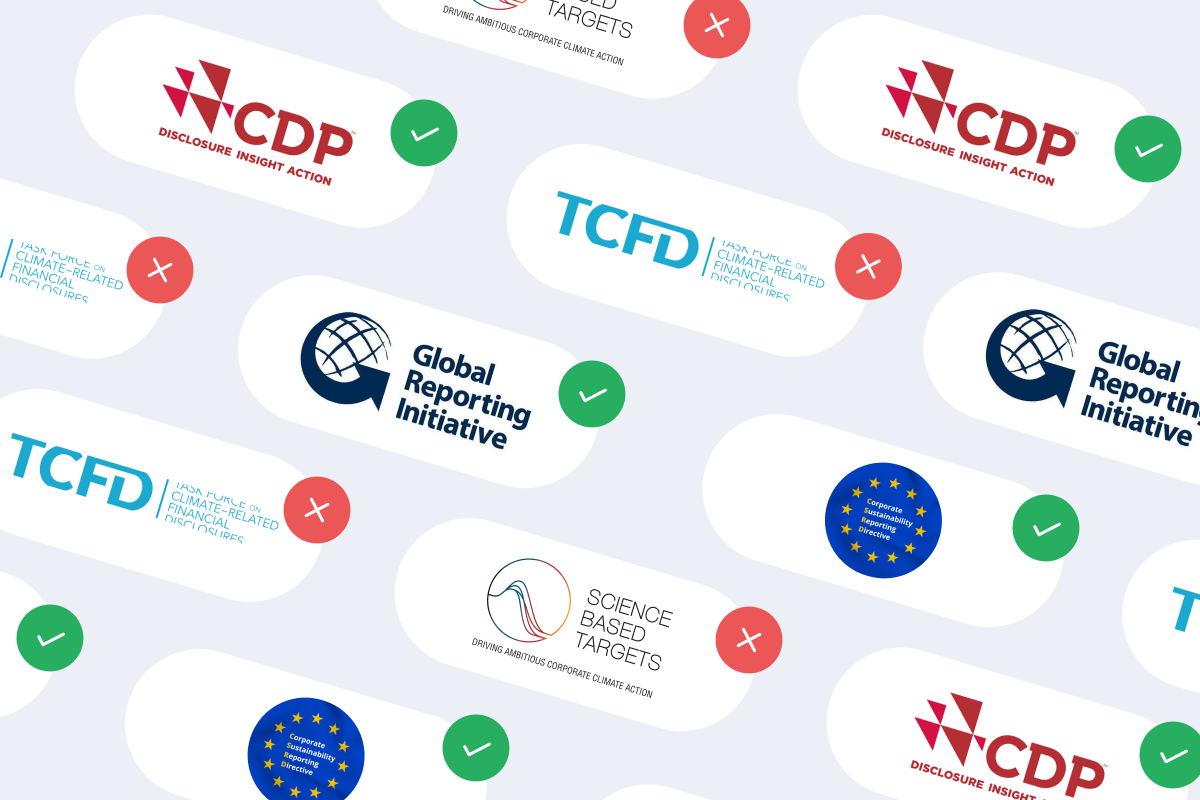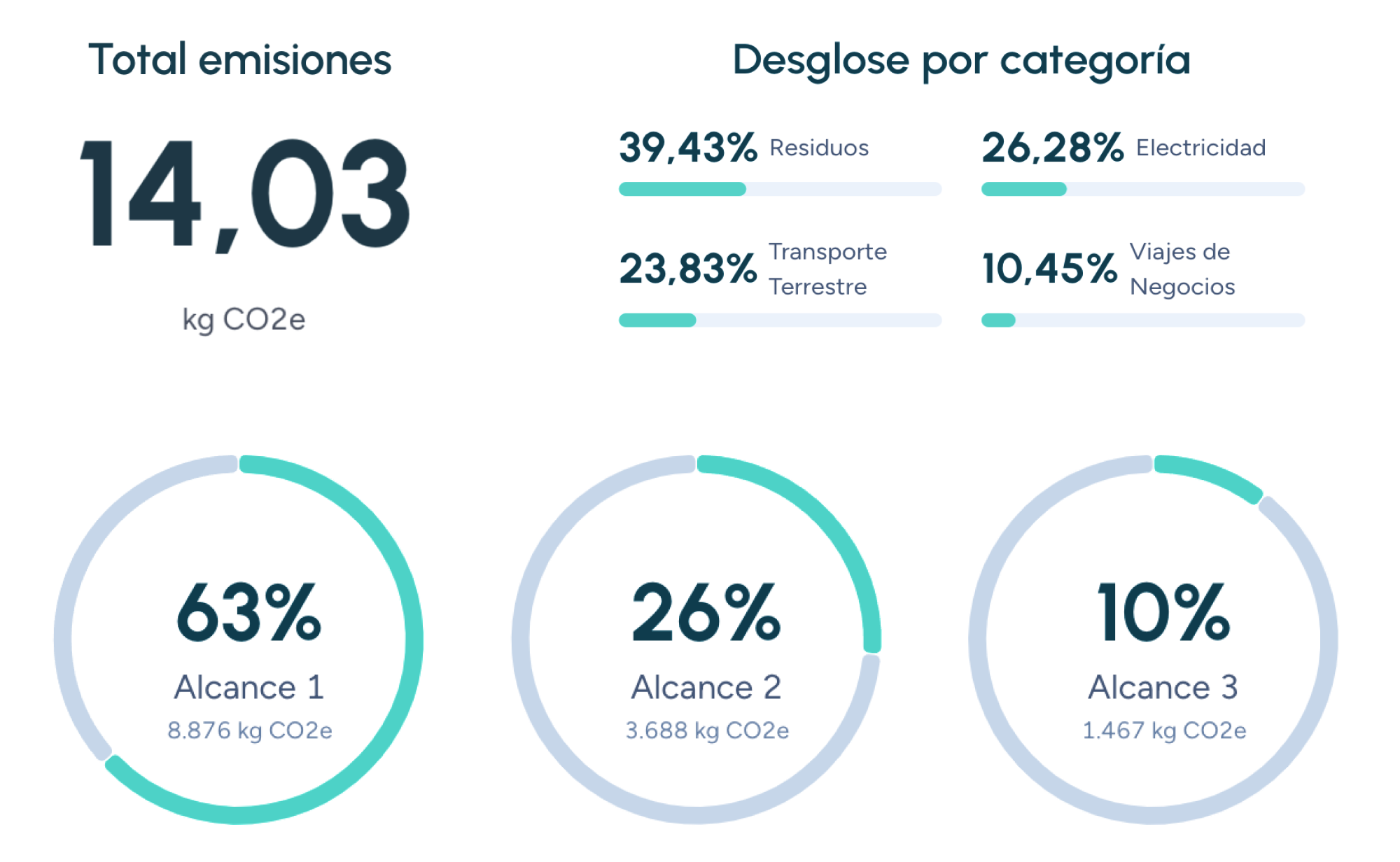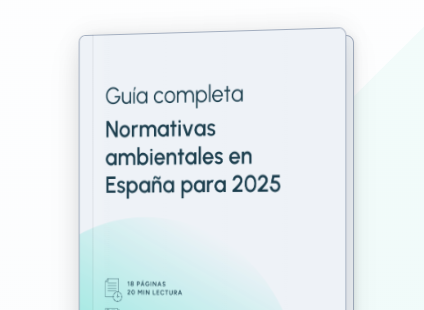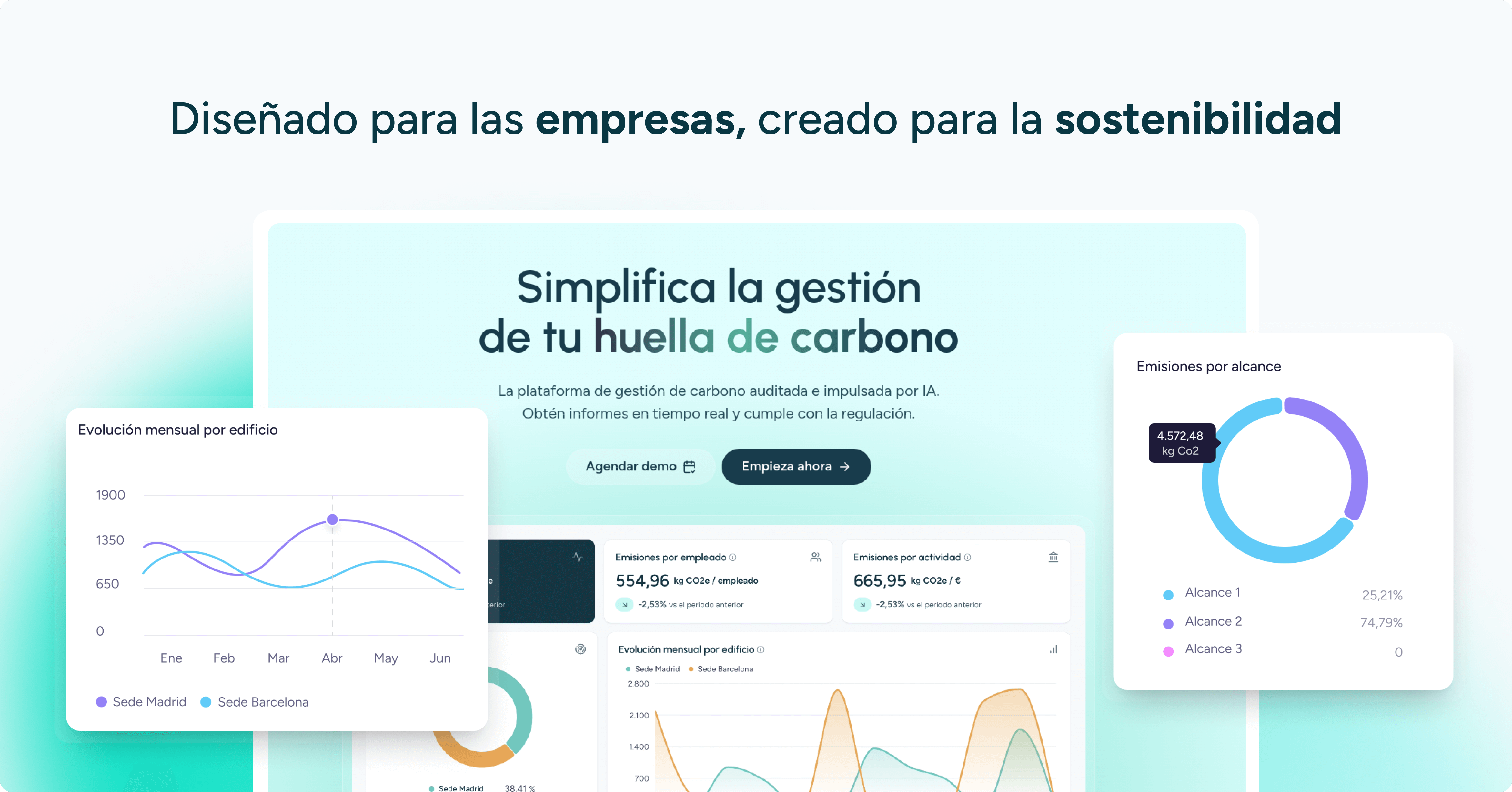Back to the blog
Traceability of Hazardous Waste with Blockchain: The Future of Management and Compliance
Carolina Skarupa
Product Carbon Footprint Analyst
The traceability of hazardous waste has become one of the central pillars of European environmental policy.
Between 2025 and 2030, transparency, control and reporting requirements will become 70% stricter in industries such as chemicals, automotive, logistics and waste management.
This regulatory leap cannot be sustained through traditional models based on spreadsheets, isolated documents and disconnected platforms. For this reason, blockchain is emerging as the most robust technology to guarantee integrity, security and seamless regulatory compliance.
In this article, we explore how blockchain is transforming the traceability of hazardous waste with a practical, business-oriented approach for companies aiming to anticipate audits and build a solid competitive advantage.
Why Does Hazardous Waste Traceability Require a Paradigm Shift?
Traditional traceability systems are no longer adequate for today’s regulatory context. Document management based on PDFs, manual records and non-interoperable platforms leads to structural errors. In fact, 62% of non-conformities found during audits result from incomplete or altered records—not from incorrect operations.
The most common issues include unintentional data manipulation, discrepancies between producer and waste manager, loss of critical documents during transportation and a complete lack of visibility once the waste enters the treatment process. These failures increase regulatory risk, create internal friction and damage trust with clients and auditors.
Blockchain eliminates this fragility by recording every milestone of the waste lifecycle in an immutable format accessible to all authorised stakeholders.
What Does Blockchain Bring to Hazardous Waste Traceability?
Blockchain introduces three pillars that traditional systems cannot guarantee: immutability, multi-agent synchronisation and automatic verification. Every movement of hazardous waste is recorded in a distributed ledger that cannot be modified, altered or deleted. The entire value chain consults the same information at all times, reducing disputes and errors.
The main advantage is transparency: the technology allows companies to prove with absolute certainty who generated the waste, who collected it, under which conditions it was transported and how it was treated or recovered.
Comparative studies in the chemical sector show that blockchain-based systems reduce document fraud by 95% and cut administrative processing times by up to 75%. Additionally, the distributed architecture directly supports CSRD requirements and future Digital Product Passports, facilitating corporate environmental reporting.
How Does Blockchain Work in Waste Management?
The process is simple yet extremely robust. Everything starts when the waste producer registers the waste with its technical characteristics: EWC code, hazardous properties, quantity, container and date. From that moment, a unique identifier is generated and follows the waste throughout its operational lifecycle.
When the transporter collects the container, they digitally sign the operation and validate the recorded information. Every movement is sealed with a timestamp, geolocation and metrological parameters such as weight, humidity or temperature if IoT sensors are installed.
When the waste reaches the treatment facility, the platform records its entry, the process applied and finally issues an immutable treatment certificate. The entire cycle is available for inspections or audits without the need to compile additional documentation.
How to Implement Blockchain for Hazardous Waste Step by Step
Successful blockchain adoption follows a strategic process:
- Identify which hazardous waste streams require advanced traceability: flammables, toxic waste, reactive materials, batteries, used oils, solvents, industrial safety waste or any flow with circular potential.
- Integrate existing systems (ERP, EMS and official platforms such as eSIR) through APIs to avoid duplication. Interoperability is a key requirement.
- Determine data capture points: on-site scales, temperature sensors, container monitoring devices and digital signature tools for transporters.
- Configure smart contracts to automate compliance rules: document validation, verification of chemical incompatibilities, detection of route deviations and automatic generation of treatment certificates.
- Train all participants and integrate the system with corporate ESG reporting. Solutions like Manglai, which generate ESRS-ready reports, offer a significant advantage during audits.
Blockchain vs Traditional Methods: A Leap in Reliability
The difference between blockchain and traditional methodologies is not incremental—it is structural. Conventional systems allow document modification, record editing or file loss during the transport and treatment cycle. Blockchain, on the other hand, guarantees that no entry can be altered without leaving a trace, reducing human error, minimising conflicts between stakeholders and strengthening the company’s position during inspections or certification audits.
While traditional processes require days to consolidate dispersed information, a blockchain-based system can generate a complete waste history in seconds. Transparency eliminates the need for manual reconciliation and significantly reduces administrative time.
Which Technologies Complement Blockchain in Hazardous Waste Traceability?
The future of traceability combines blockchain with IoT, artificial intelligence and digital twins.
- IoT sensors capture weight, temperature, fill level and real-time geolocation, ensuring that waste is stored and transported under appropriate conditions.
- Artificial intelligence analyses these data streams and detects deviations, inconsistencies or early risks, enabling preventive action.
- Digital twins go one step further: by digitally replicating waste flows, they allow companies to simulate operational scenarios, optimise routes or anticipate anomalies in containers.
This technological convergence creates a hyper-connected value chain that reduces costs, decreases risks and improves circularity.
To learn more about the role of AI in sustainability, you can read our article: AI in Scope 3 Calculation: How to Overcome the Supplier Data Barrier.
Competitive Benefits Beyond Compliance
Companies adopting blockchain for hazardous waste management do so not only for compliance, but to improve overall performance.
- Commercial advantage: industrial clients increasingly value suppliers with audited and verifiable traceability. According to the Sustainable Procurement Report 2024, 63% of industrial buyers prioritise suppliers with certified digital traceability.
- Financial advantage: process automation reduces penalties, minimises errors and eliminates the need for costly forensic audits.
- Strategic advantage: strong traceability allows companies to demonstrate circularity, generate transparent CSRD-compliant data and attract investors requiring strict environmental controls.
Hazardous Waste Traceability with Blockchain: Beyond Volume
Blockchain is unquestionably the most advanced architecture for guaranteeing real traceability in hazardous waste. Its ability to generate immutable records, synchronise stakeholders and automate compliance will make it the key technology in waste management between 2025 and 2030. Companies adopting it today will not only avoid risks but also build a strong competitive advantage based on transparency, circularity and environmental governance.
If you want to learn more about adopting a sustainability strategy for your company, take a look at our articles on the 7 Best Software Tools to Measure Carbon Footprint and How to Communicate Your Decarbonisation Strategy and Avoid Greenwashing.
FAQs about Blockchain for Hazardous Waste Traceability
Is blockchain mandatory for hazardous waste management?
No, it is not mandatory, but it will become an operational standard in environmental audits within the next five years. Countries such as France are already piloting national blockchain platforms for special waste.
Which companies benefit most from using blockchain for hazardous waste management?
Chemical, pharmaceutical, metallurgical, energy and waste management industries, logistics operators and any company with a high volume of hazardous waste.
Is it possible to integrate blockchain with official waste management platforms such as eSIR?
Yes. Current systems support API integrations to automatically export official documentation.
How long does it take to recoup the investment?
In medium-sized companies, payback is achieved in less than 12 months due to reduced administrative effort and regulatory risk.
What happens if one of the stakeholders in the chain does not use blockchain?
Hybrid systems allow blockchain to coexist with traditional digital records without losing integrity in the overall registry.
Carolina Skarupa
Product Carbon Footprint Analyst
About the author
Graduated in Industrial Engineering and Management from the Karlsruhe Institute of Technology, with a master’s degree in Environmental Management and Conservation from the University of Cádiz. I'm a Product Carbon Footprint Analyst at Manglai, advising clients on measuring their carbon footprint. I specialize in developing programs aimed at the Sustainable Development Goals for companies. My commitment to environmental preservation is key to the implementation of action plans within the corporate sector.
Content
Companies that already trust manglai

e-SIR (Waste Information System): How to Process Hazardous Waste Transfers
Learn how to use e-SIR, Spain’s Waste Information System. A step-by-step guide to registering and managing hazardous waste transfers.
24 September, 2025
Guide to Waste Law 7/2022: What Changes and How to Avoid Penalties
Discover the key updates of Spain’s Waste Law 7/2022. Learn what obligations it introduces and how they affect your company.
22 September, 2025
Zero Waste: How to Achieve Zero Waste in Your Company
Discover how your company can adopt the zero waste model. Learn practical actions to reduce waste.
17 September, 2025
Guiding businesses towards net-zero emissions through AI-driven solutions.
© 2025 Manglai. All rights reserved
Política de Privacidad


